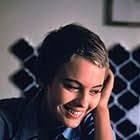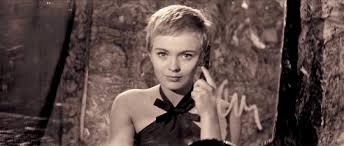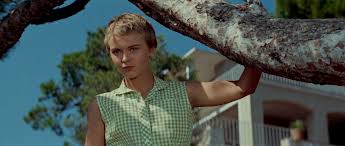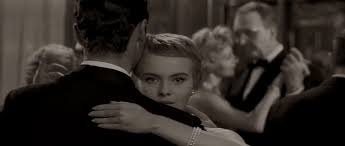In 1956, director Otto Preminger plucked Jean Seberg from her Iowa home to star in his production of “Saint Joan.” It was unsuccessful, but he believed in Jean and cast her as the lead in his next film. Bonjour Tristesse was directed by Preminger from the novel by Françoise Sagan. In the United States, the year of its release (1957), the film was considered mediocre, boring, and disappointing. It was judged a failure. However, as we shall see below, the French critics came to its defense.

The story takes place in Paris and on the Mediterranean coast in southern France. The Parisian scenes, filmed in black-and-white, serve as a framing device, opening and closing the film while the central part is filmed in stunning Technicolor. It’s a visual tour de force by the director of photography, Georges Périnal. The main character in the film is a teenage girl, Cécile (played by Seberg), who loves her father (David Niven) a little too much. During a long, sweltering summer, he has fun with several mistresses. Cécile has no problem with these beautiful women; she talks and laughs at their expense with her father. However, when Anne (Deborah Kerr), an old friend of her mother, arrives, Cécile realizes that the relationship between her and her father is different: Anne and her father have fallen in love. Devastated, Cécile decides to end their relationship by any means possible.

Céline and her father return to Paris the following summer, preparing for their usual vacation in southern France. This time, something doesn’t seem right. Unlike their American counterparts, the French critics, among whom were the brightest stars of the New Wave, particularly Truffaut and Goddard, were full of praise for the film singling out Seberg with her haunting eyes and iconic boyish haircut. They adored her.

The film opens at a fancy Parisian restaurant. Seberg’s character has just accepted an invitation to dance with a very handsome and eligible young man. There is a small jazz band playing with Juliette Greco as the chanteuse. The vision of an independent, sensually elegant, and furiously modern woman imposes itself on us. Detached from her partner, she looks at us with her deep gaze, breaking the fourth wall as her narration begins. And her voice reaches us. Implacable. It’s a stunning beginning.



















